Pediatric optometry is a specialized form of optometry that focuses specifically on children and their eye care needs. A pediatric optometrist provides primary vision care such as sight testing and correction, as well as the diagnosis, treatment, and management of vision changes. Pediatric optometrists provide patient services such as comprehensive eye exams, vision tests, prescription and dispensing corrective lenses, detecting eye abnormalities, and prescribing medications to treat certain eye conditions frequently observed in children.
Did You Know?
Babies are not born with all the visual abilities they need. Just like your child will need to learn how to walk and talk, they will also need to learn how to focus their eyes, move them, use them together, and how to use visual information.
Frequently Asked Questions:
Does my child need to see a pediatric optometrist?
The American Optometric Association recommends that all children should see a pediatric optometrist around six months of age, even if there are no suspected eye or vision problems. This is because eye or vision problems can cause developmental delays in children and are best treated when they are detected early and treated appropriately. Pediatric optometrists are specifically trained to identify and treat eye and vision problems related to the development of your child’s visual system.
Furthermore, possible symptoms that can indicate eye or vision problems can include:
- Excessive tearing
- Eye redness
- Crusted eyelids
- sensitivity to light
- White pupils
- Constant eye turning
Is your child six months of age or older? Have they seen a pediatric optometrist? If not, schedule an appointment with your child’s pediatric optometrist at Beatty Eyes Optometry today!
What eye and vision problems can affect my child?
Common eye and vision problems that affect children include:
Amblyopia
Commonly referred to as “lazy eye”, amblyopia occurs when vision is lost in an apparently healthy eye. Amblyopia generally occurs as a secondary condition to problems such as cataracts, strabismus, droopy eyelids, eye injury, or refractive errors in the eye. Amblyopia can be treated by patching the good eye and using the lazy eye, wearing glasses, and correcting the underlying cause. If amblyopia is not corrected before the age of 6 and 10, then the vision loss may be permanent.
Blocked Tear Ducts
Around 1 in 5 newborns has a tear duct that has not fully developed and 6 out of every 100 newborns have blocked tear ducts. When the tear ducts in the nose do not open, then the tear duct is blocked.
Strabismus
Strabismus is when the eyes are misaligned. While this is normal at birth, the eyes should straighten out around four months of age. Strabismus in children can be treated with eye exercises, glasses, and/or surgery, depending on the severity of the condition.
What can I expect when taking my child to Beatty Eyes for a pediatric eye exam?
At Beatty Eyes, we provide comprehensive eye exams for your child. We will start out by asking you about yours and your child’s family and medical history. The first part of your child’s eye exam begins with Dr. Rachel Beatty examining the front parts of your child’s eyes. Next, she will shine a bright light in each eye in order to test how your child’s eyes respond to light. She will also check your child’s peripheral vision, their ability to see at distances, and how their eyes track movements.
The second part of your child’s examination will focus on the internal structures of your child’s eye including the retina, optic nerve, and blood vessels. To see inside your child’s eye, Dr. Beatty will place eye drops in your child’s eye. Children who have very dark eyes may require more drops than children with light-colored eyes. Over the course of about 30-45 minutes, these drops will cause the pupils to dilate, or enlarge. Once the pupils have dilated, Dr. Beatty will use a special instrument called an opthalmoscope to look into your child’s eyes.

